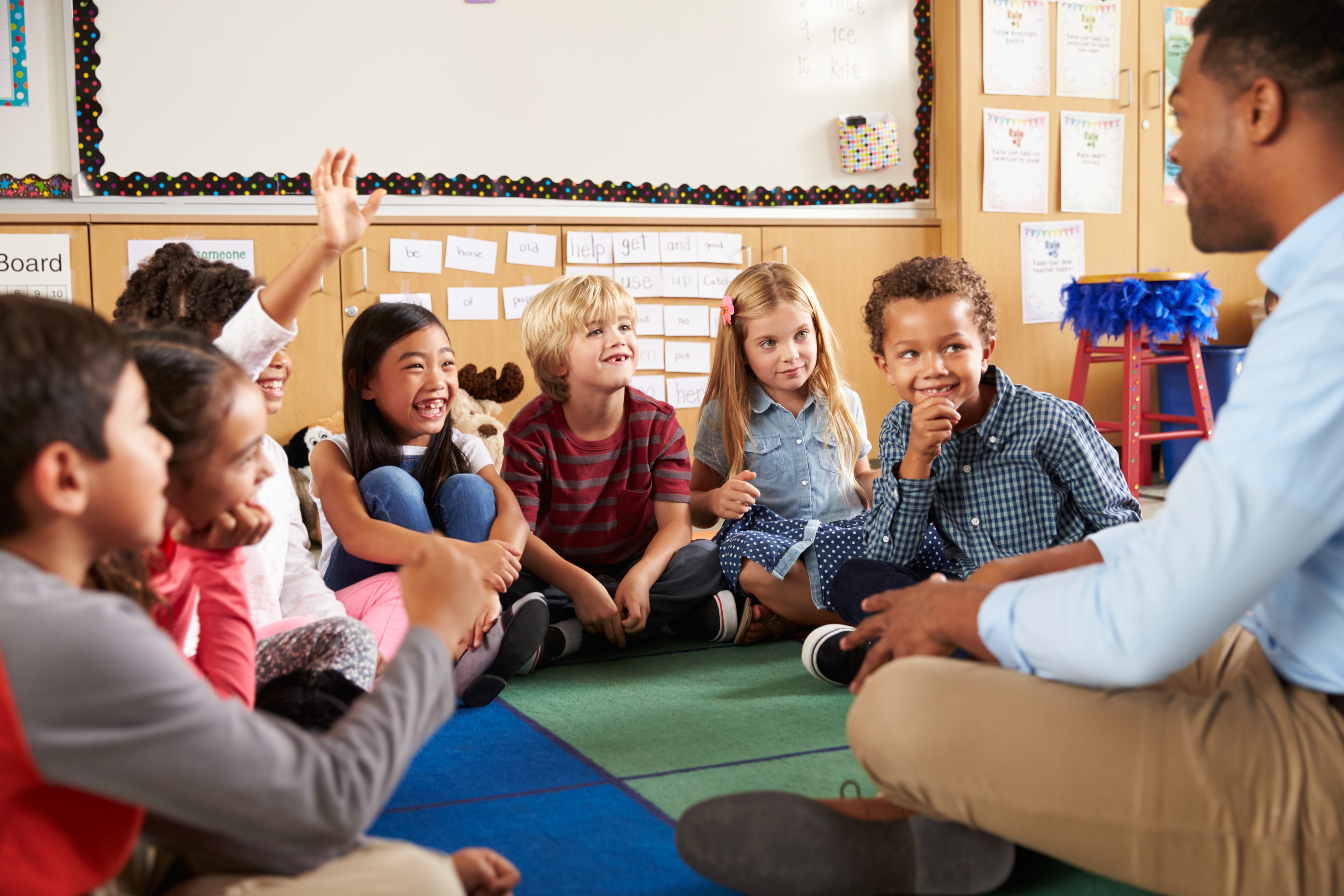Sight words are crucial in early literacy development, helping young learners recognize common words quickly and effortlessly. A sight word-rich environment can significantly benefit students by enhancing their reading skills, building vocabulary, and fostering a love for reading. This blog will provide practical tips and innovative ideas for creating a sight word-rich classroom environment using a sight words program.
Tip 1: Create Sight Word Walls
A sight word wall is a visual display of frequently used words that students can refer to throughout the day. To organize and display sight words effectively, categorize them by themes, alphabetically, or by the frequency of use. Make the word wall interactive and engaging by adding colorful images, using Velcro-backed words for students to move, or incorporating student-created illustrations. This encourages active participation and reinforces learning. Incorporating sight words activities in this setup can make it even more engaging.
Tip 2: Incorporate Sight Words into Daily Routines
Integrate sight words into daily routines to make learning continuous and natural. Use sight words during morning routines, transitions, and classroom activities. For example, have a daily sight words practice session where students can write, say, and spell the words. Incorporate sight words activities into simple routines like calendar time, classroom jobs, or even lining up procedures to ensure constant exposure. This is especially effective when introducing sight words in kindergarten classrooms.
Tip 3: Use Sight Word Games and Activities
Engage students with fun and educational sight word activities. Create simple games that reinforce word recognition and make learning enjoyable. Provide step-by-step instructions for these games to ensure they are easy to implement. Additionally, leverage technology by using educational apps and online resources to make sight words practice more interactive and exciting. These methods are particularly beneficial for reinforcing sight words in kindergarten settings.
Tip 4: Read Aloud and Shared Reading Sessions
Read-aloud sessions are vital for sight word recognition. Choose books that emphasize sight words and incorporate these words into your reading. During shared reading sessions, point out and practice sight words with students. Use techniques like echo reading, where students repeat after you, or choral reading, where everyone reads together, to reinforce sight word learning. Incorporate sight words activities into these sessions for added engagement.
Tip 5: Incorporate Sight Words into Art Projects
Art projects are an excellent way to reinforce sight words in a creative and engaging manner. Encourage students to create drawings or crafts that include their sight words. For example, they can make a collage of pictures representing different sight words or decorate their sight words with various art materials. This approach not only makes learning fun but also helps in retaining sight words through visual and hands-on activities. This technique is particularly effective for teaching sight words in kindergarten classrooms.
Enhance Early Literacy with a Sight Word-Rich Environment
Implementing these tips will help create a sight word-rich classroom environment, enhancing early literacy and making learning to read a fun and engaging experience for students. A well-structured sight words program can significantly boost students’ confidence and reading abilities. Utilizing various sight words activities and practice techniques will ensure comprehensive learning.
Discover Essential Skills’ Sight Words programs including hundreds of interactive sight words activities and explore ways to create a sight word-rich environment in your classroom. Visit the Essential Skills website to learn more about Sight Words and Sight Words Level 2.
